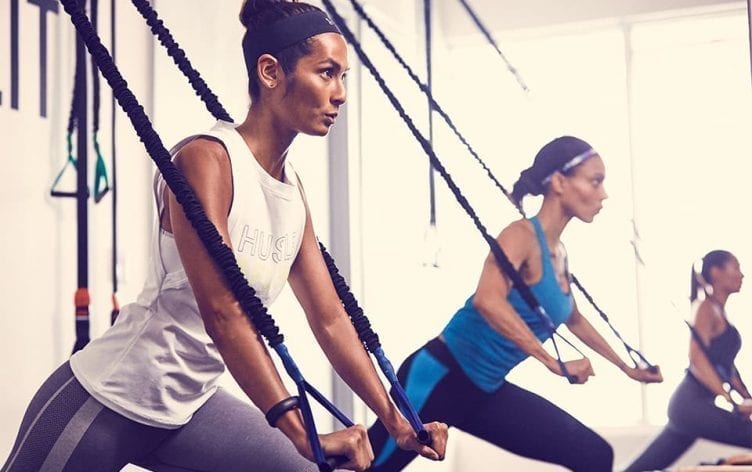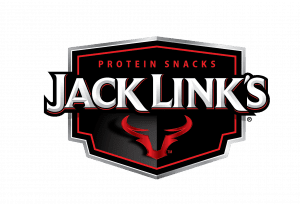
 You know what proteins are: meat, fish, poultry, eggs, tofu and beans. But when it comes to performance, you may not know why, when and how much protein to take. Eating a protein-rich diet is beneficial when you work out because dietary protein is a trigger for muscle protein synthesis. This process helps you build muscle, strengthen tendons and bones and improve body composition. These beneficial adaptations are made by eating protein in combination with exercise because working out increases the body’s sensitivity to protein.
You know what proteins are: meat, fish, poultry, eggs, tofu and beans. But when it comes to performance, you may not know why, when and how much protein to take. Eating a protein-rich diet is beneficial when you work out because dietary protein is a trigger for muscle protein synthesis. This process helps you build muscle, strengthen tendons and bones and improve body composition. These beneficial adaptations are made by eating protein in combination with exercise because working out increases the body’s sensitivity to protein.
Protein intake in active people have been well-studied, and while most may laud protein’s power for building muscle, there is now very good evidence to recommend intakes far above the Recommended Daily Allowance for all athletes to maximize training adaptations and sports performance. The RDA for protein (0.36 grams per pound body weight) is the minimum amount of protein you should consume, but it is simply too low, especially for athletes.
How much protein does an athlete need daily? To figure out your daily protein goals, simply multiply your weight in pounds using one of the following formulas:
| Group | Daily Protein Calculation |
|---|---|
| Growing Athletes (Kids & Teens) | 0.5–0.6 grams of protein per pound body weight (1.1 to 1.3 grams of protein per kilogram body weight) |
| Endurance Athletes | 0.5–0.6 grams of protein per pound body weight (1.1 to 1.3 grams of protein per kilogram body weight) |
| Strength & Power Athletes | 0.7–0.9 grams of protein per pound body weight (1.54 to 1.98 grams per kilogram body weight) |
| Active older individuals | 0.7–0.9 grams of protein per pound body weight (1.54 to 1.98 grams per kilogram body weight) |
While these recommendations are not hard-and-fast rules, you can use them as general guidelines. In fact, some athletes may need even more protein to prevent loss of muscle mass during periods of high training volume, recovering from injury and low calorie intake when trying to reduce body fat.
Not all proteins are created equal. Animal proteins contain all the essential amino acids, which are the building blocks of cells required to build muscle. Animal proteins are higher in leucine, the amino acid that is thought to trigger muscle protein synthesis. Plant proteins are lower in amino acids, and most are incomplete, meaning you have to eat a greater amount and variety of vegetarian proteins to meet the amino acid needs required by most athletes.
Timing is key! Instead of focusing on simply hitting total daily protein targets, spread protein intake throughout the day to maximize its benefits. Even small amounts like 10–20 grams of protein right after a workout can be beneficial for beginners looking to ramp up strength training. If your goal is to become a more serious strength trainer, eating 20–30 grams of protein every 3–4 hours and after strenuous workout sessions can help optimize sports performance, reduce body fat and promote lean muscle growth.
How to Get 20–30g Protein
Below are great “real food” sources of protein that need to be combined with a balanced diet of complex carbohydrates, fruits, vegetables and healthy fats to achieve well-rounded nutrition.
| Protein from a Meal | Protein from a Snack |
|---|---|
| – 3–4 ounces lean poultry, beef or pork Serve with your favorite veggie and starchy side.
– 8 ounces tofu |
– 2 ounces beef jerky Pair with a banana and peanut butter for on-the-go balance. – 1 cup Greek yogurt or cottage cheese – 2 eggs + 1 ounce cheese |
| – Add a piece of avocado toast and a fruit smoothie for balance.
– 1 cup low-fat chocolate milk + 2 tablespoons peanut butter on 2 slices whole-wheat bread make this snack complete with a banana. |
Sponsored By Jack Link’s.



